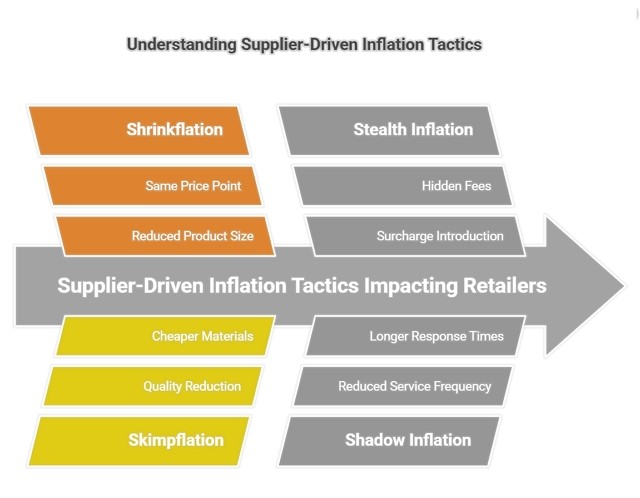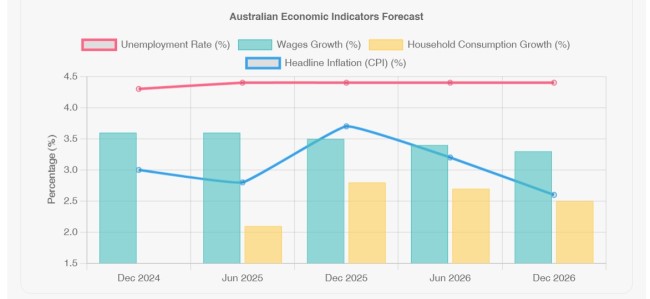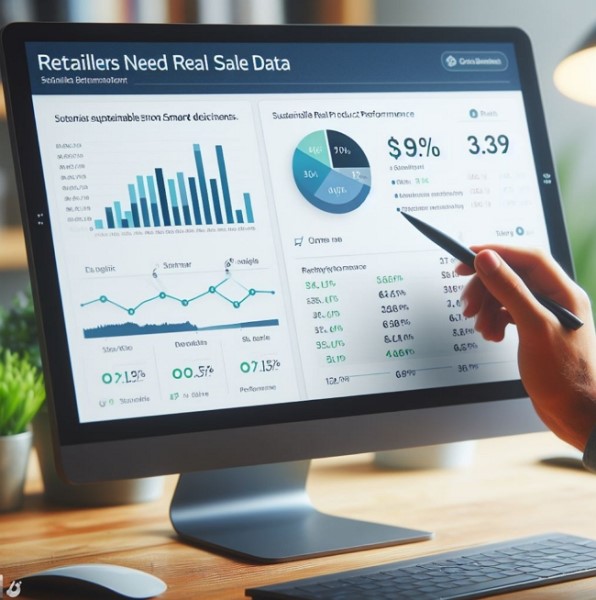Inflation Tactics Used by Your Suppliers

To combat suppliers' inflation tactics, you need to consider diversifying your supplier base and negotiating better contracts. But let's look into the details of these tactics.
As I was reviewing the ACCC report on supermarkets, which discussed some of the inflationary pressures that retailers face. You can read it here.
While reading it, I thought of the problems that SMB retailers face. While we strive to maintain competitive prices for our customers, suppliers often use subtle tactics to increase costs. Here, I will list some to help you both identify these tactics, know the public discourse on the subject, and some actionable strategies to protect your business.
Here are the standard Supplier Inflation Tactics
They are generally subtle, as suppliers are accustomed to inflation and know how to adjust prices with minimal fuss. They try to raise prices without explicitly doing so, creating an illusion of price stability that is not true. Yet, these methods will significantly impact margins and reduce customer trust in you, even though it is not your fault.
Shrinkflation

It is now the most common method; shrinkflation occurs when suppliers reduce the size or quantity of a product while keeping the price unchanged. For instance, a cereal box might shrink from 560g to 495g, but the price remains $4.50. Often, the box size remains the same. This hidden cost increase erodes value for both you and your customers. I have spoken about it here.
Skimpflation
The most common term for this is "shitflation," but let's be polite. Skimpflation is lowering product quality without reducing prices. Examples include switching to cheaper ingredients or materials. Recently, a customer of ours reported that they are receiving complaints because the paper for a photocopier they supplied is not as good as it used to be. Here is a direct example of how these changes lead to customer dissatisfaction and affect their reputation.
Stealth Inflation
This tactic involves adding hidden fees or surcharges instead of raising base prices. For example, some suppliers have now introduced "handling fees", which inflate costs without appearing as a direct price increase on invoices.
Shadow Inflation
Here, we observe a decline in service quality with no corresponding price increase. Suppliers may send reps less frequently, have longer delivery times, take longer to repair, or reduce customer support.
Excuseflation
Suppliers may use general inflation as an excuse to raise prices. I had a beauty a few days ago when I complained about the price increase. One wanted to change me over to UPS. The supplier informed me that it was due to Trump's tariffs. I just laughed; what do you think? Are we that stupid to believe that? Those tariffs only apply to goods coming from some countries into the US. I am in Australia, so come up with another excuse to justify this price rise.
Actionable Strategies for Retailers
Here are some proactive strategies for mitigating the effects of supplier-driven inflation: Protect your margins while maintaining customer trust.
Monitor Product Changes
You will never do much about it if you do not know about it. Here is where a modern POS system can help you manage inflation impacts effectively:
- Tracking margin changes in real-time.
- Identifying trends in product specifications and Pricing.
- Comparing supplier performance metrics like delivery reliability and price stability.
- Integrating customer feedback data to assess how product changes affect satisfaction.
- I had a customer who, when he realised that the items were suddenly smaller, changed the old ones in stock at a slightly higher price. You should not do that, but he argued that the old ones were worth more now.
Negotiate with Suppliers
- Highlight with them effective price increases
- Request discounts, or they may have alternative products that offer better value.
- Demand advance notice of product changes.
Diversify Your Supply Chain
- Source alternative suppliers for key products to avoid over-reliance on a single vendor.
- Compare suppliers based on Pricing
Adjust Pricing Strategically
- You need to be aware of a price change has occurred Consider communicating with your customers about necessary price adjustments due to supplier cost increases. The ACCC wants this, but I am unsure if it's a good or possible idea. Some suppliers withdraw a previous product and make a new product, e.g., 12 pencils in a box become 10 pencils in a box. It certainly is vital that you know about it if it comes up.
- Offer value-added promotions like bundles or loyalty rewards to soften the impact of price hikes.
- I like introducing tiered pricing options with premium, budget, and cheap alternatives to cater to diverse customer needs.
Conclusion
The reality is that inflation is terrible now. We are all feeling it. It may cost the government the election, as many blame it on them. Whether that is true or not, I can tell you it's not our fault.
What needs to be monitored as it causes:
Margin Pressure
Hidden cost increases reduce your profit margins, forcing you to make tough decisions about pricing strategies.
Inventory Complexity
Product changes due to shrinkflation or skimpflation complicate inventory management and purchasing decisions.
Customer Trust Issues
Customers may attribute perceived price increases or declining quality to you rather than the supplier, which can damage trust in your shop.
Administrative Burden
Monitoring and responding to these tactics requires additional time and resources that could be spent on other aspects of your business.
Written by:

Bernard Zimmermann is the founding director at POS Solutions, a leading point-of-sale system company with 45 years of industry experience. He consults to various organisations, from small businesses to large retailers and government institutions. Bernard is passionate about helping companies optimise their operations through innovative POS technology and enabling seamless customer experiences through effective software solutions.





